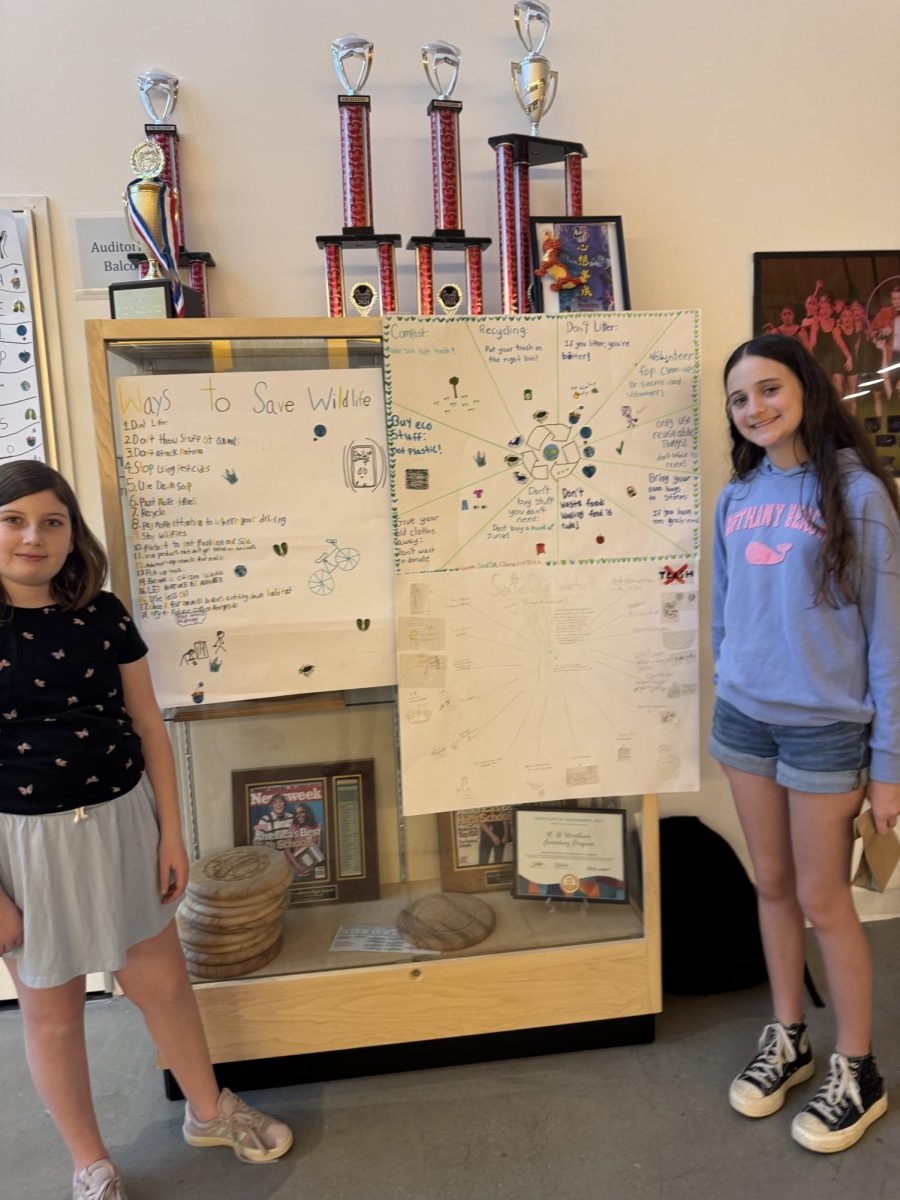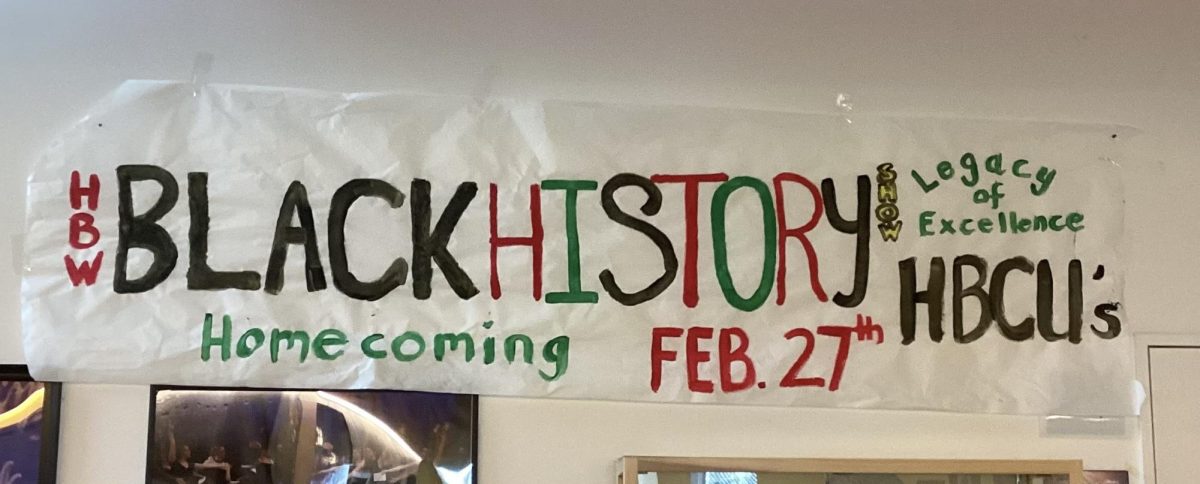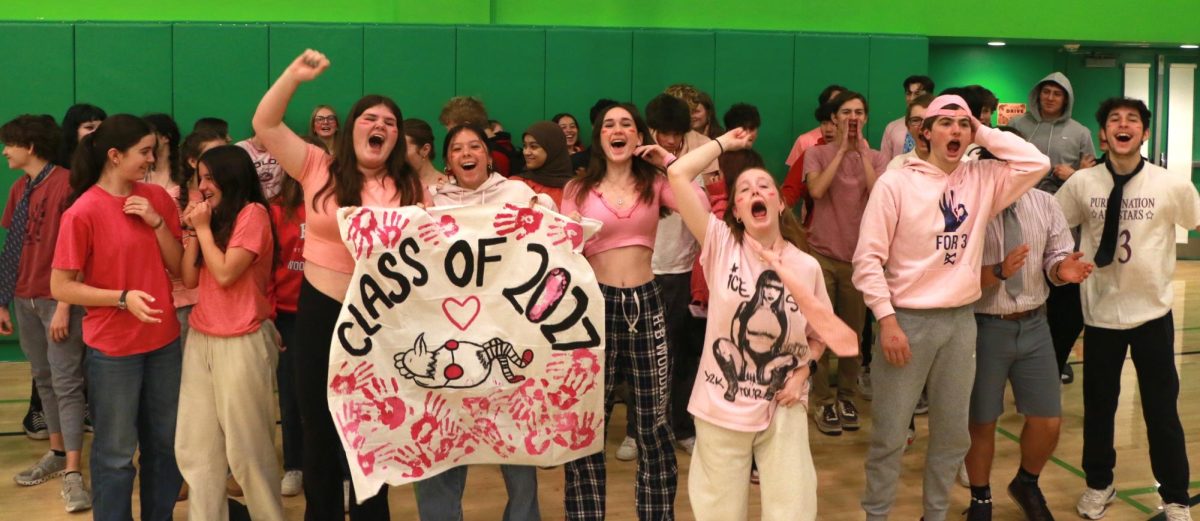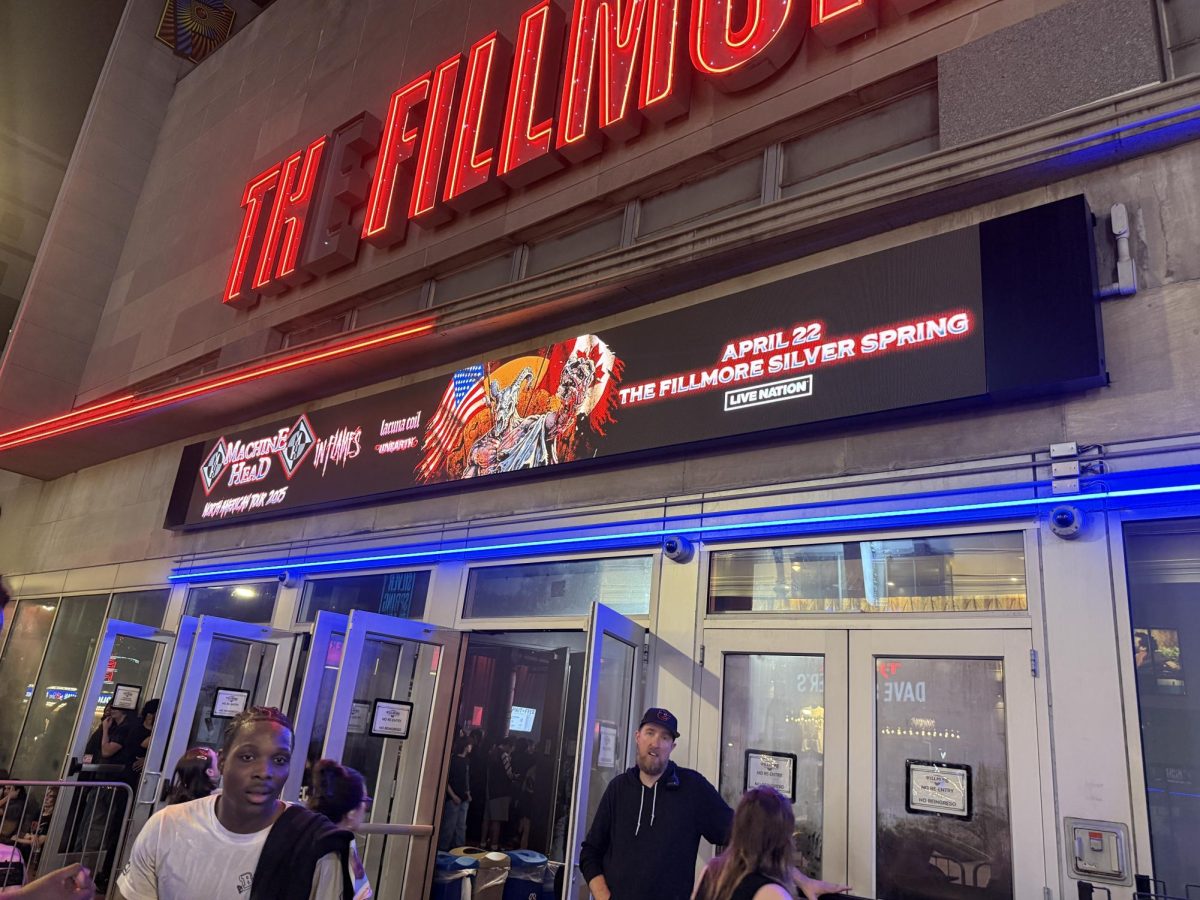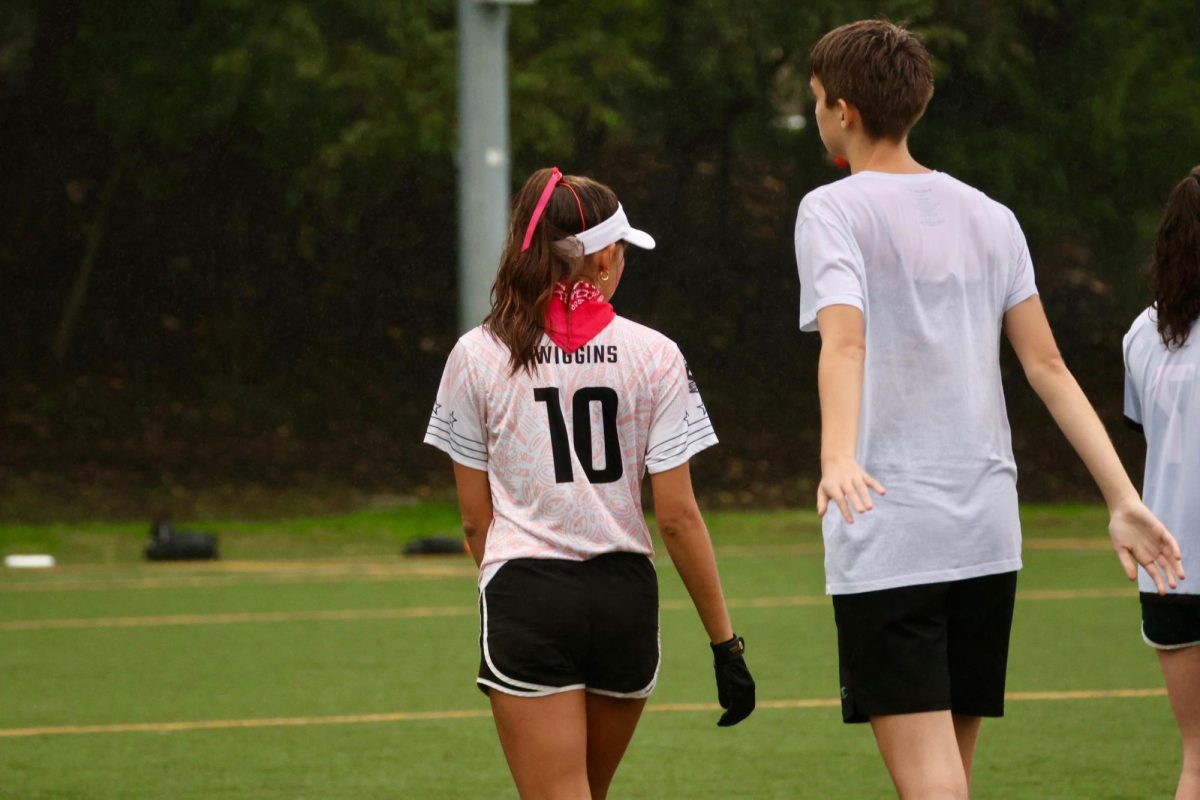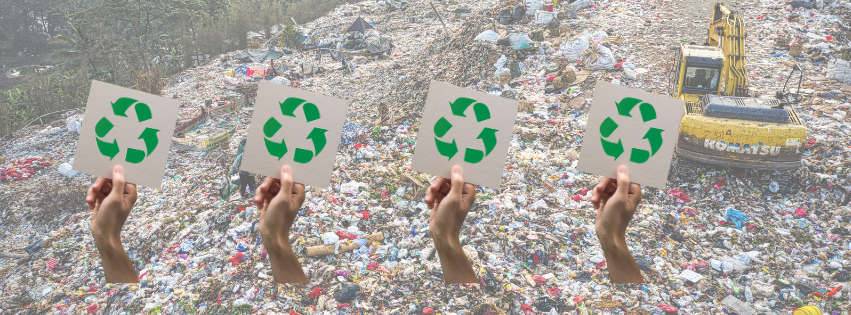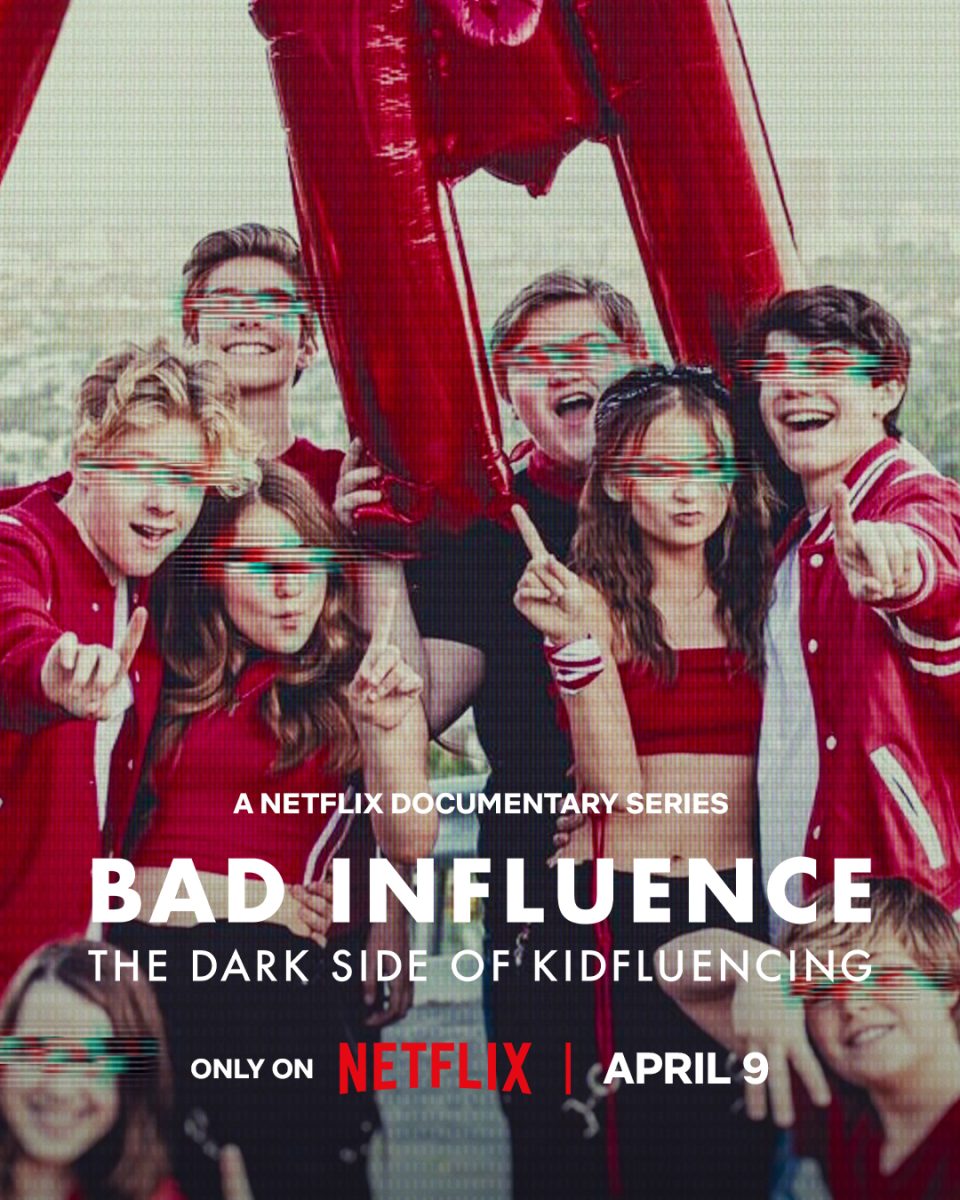“Bad Influence: The Dark Side of Kidfluencing” is a three-part Netflix documentary detailing the experiences of the eleven former members of Piper Rockelle’s Youtube channel that filed a 22 million dollar lawsuit against the minor’s mother, Tiffany Smith, in 2022. Smith was accused of violating child labor laws, failing to properly compensate members of the group known as the Squad, and most prominently: misconduct among the underage members. This included verbal, emotional, and even at times sexual abuse, all claims which Smith has called false. Piper Rockelle, the child at the center of it all, had not yet turned eighteen at the time but has commented calling the accusations “ridiculous.”
Rockelle grew up in the spotlight, starting pageantry at age three and moving from Atlanta, Georgia to Los Angeles, California to pursue a career in media. Rockelle established a variety of friends from the industry, both from her time in Atlanta and in Hollywood. Soon, they began to film on the Youtube platform in 2016, when they gathered a group of Piper’s peers to create the Squad, a Friends-like group of teens participating in the vlogging, pranks, and challenges Smith, along with director Hunter Hill, coordinated.
Key members included Corinne Joy, a friend Piper had met during an audition to be her backup dancer, Sophie Fergi, a peer Piper acted with on set in Hollywood, and Sawyer Sharbino, another YouTube influencer who’d become acquainted with Piper through collaborating. T
he channel skyrocketed, racking up millions of views and thousands of dollars, still maintaining twelve million subscribers today. Beyond prompting Smith and another mother to move in together into a “content house” to maximize profit and filming in the bustling LA neighborhood of Hollywood Hills, more members were adopted, such as Rockelle’s cousins Claire and Reese. Each member was required to have their own channel and platform, maintained by Hill.
This proved a lucrative business structure that made accounting murky as it was often unclear whether compensation for their work was equal. Channels often promoted others in the house by leaving cliffhangers telling viewers to visit another child’s platform.
Tiffany, Piper’s mother, soon began to encourage longer filming hours, making each member film ten to fifteen videos a day. A work day would last from a little before noon to 1 AM, leaving the kids just a little time in the morning to study and rest.
In the documentary, former Squad member Sophie Fergi comments on her experiences during her teenage years: “I would go to bed for like two to three hours, get up around six, seven-ish and do school…close my tablet, and then I would have to get ready to film. And then do it all over again. And this was every day of the week. We did not get a break at all.”
The long work hours often caused tensions, even between Piper and her own mother, when the twelve to fourteen-year-olds would not have the enthusiasm or energy to perform for the spotlight the way Smith desired. As the fame, money, and engagement grew, Smith felt increasing pressure to keep viewers entertained, their attention held by escalating the premises and quantity of the videos.
This included high intensity pranks, such as ignoring a member on their birthday, pretending to break a leg and pass out from a stroke on a secluded trail, or faking an arrest of one of the members. This was followed with beginning the concept of “crushes,” where Tiffany paired together members and coerced them into often uncomfortable actions on camera.
Concern was also expressed over the clothing choices Smith insisted on in the set, particularly for the girls, a former parent and stylist stating that she was sent back to shops and wardrobes to find something more mature and revealing for their daughters.
Sophie’s mother, Heather, states, “I would buy them cute little tracksuits or matching clothes. It’s like 11, 12 girl clothes. Tiffany [Smith] would get so pissed and be like, ‘Piper is not Sophie. She’s sluttier. Get her sluttier clothes. She needs to show more.’”
The background of millions of viewers combined with the controlled channel structure gave Smith multitudes of power in the child’s platform once it grew, both individually by assigning plus coordinating brand deals in return for video participation and for the child’s position in the group. Smith often became paranoid, pitting mothers against each other and even checking phones for reasons to put members on “punishments,” where they could not film without apologies for defying Smith.
When tensions overflowed and certain members of the Squad couldn’t take it anymore, both members and parents found themselves cut off from the group completely, despite the bonds they’d made both on and off screen, and engagement within their own channel tumbling. This even included a video going up on Piper’s channel detailing the reason each member had left and a public unfollowing of each child on social media, sending the internet after them.
The documentary also describes how both parents and children have grown since splitting with the Squad and their hopes for both seventeen-year-old Piper and the effect of the lawsuit in the future. The most recent figures, along with Piper, her mother, and Hunter Hill, declined to comment on the documentary, leaving what happened beyond the eleven plaintiffs in that house.
The documentary has been released during a flutter of reports of child abuse regarding famous child or family influencers. In 2024, Netflix also aired another highly viewed three-part documentary titled “Devil in the Family” detailing the conviction of Ruby Franke amidst her six children, famous for being the head of the former 8 Passengers YouTube channel. Additional controversies include the famous arrests of Mike and Heather Martin of FamilyOFive for physically and psychological abuse during “prank videos,” along with charges of torture on Machelle Hobson after a reaction to her children’s performances. Reports of mere children giving signals to viewers in videos and on livestream to help them have amounted, and there is clear concern from consumers over the broadcasted treatment of internet figures who are minors.
According to the University of Chicago Journal of International Law, “Some families make upwards of $40,000 per sponsored Instagram post and have amassed enough wealth from social media to purchase expensive homes, take frequent luxurious vacations, and quit their conventional jobs to become full-time influencers.” The exponential, viral growth and impact of both family influencers and their followers has fueled an increasing need for regulations, yet there are none present domestically in the United States.
According to an NBC article on the topic, “Many have publicly called on the industry to put regulations in place to help protect child content creators. The Fair Labor Standards Act, a 1938 law addressing ‘excessive child labor,’ has not been updated to include child influencers. The popular YouTube family channel genre — which has been considered a lucrative business because of ad revenue and brand collaboration opportunities — has been widely criticized in recent years for relying on children to create monetized content.”
Internationally, efforts have been made since 1989 by the United Nations to prevent child exploitation through the Convention on the Rights of the Child (CRC), a critical international regime that has numerous articles applicable to the child influencer industry. The main challenge occurs not in the framework, but the independent structure of its implementation and enforcement to protect children by each country individually. Abrams writes, “It [the CRC] is the most widely and rapidly ratified human rights treaty in history, having been ratified by every eligible country other than the U.S.”
As the world of technology advances at a historical speed and social media becomes increasingly intertwined and controversial in our lives, questions concerning child labor laws on these websites have been further raised singularly by the public. How are parents using and ensuring their children’s privacy, autonomy, and well-being as the managers of their families and now their channels? When are boundaries crossed, and how can parents prevent the shifting of values from their children to the lucrativity of the industry? What effects do these pressures as the “moneymakers” of the family, along with the common potential dangers, have on mere teenagers? What laws exist to protect the minors, from financial concerns to the abuse charges that have plagued the news?
While efforts have been made in California and Utah to strengthen domestic regulations, multitudes of nonprofits and public figures are still pushing for change within the United States. Many are unified in that until all minors are protected from abuse regarding online influencing, the most important thing is to spread awareness. As Angela Sharbino, one of the Squad parents, states, the plaintiffs “didn’t pursue this lawsuit to change the industry, but to bring awareness that predators can be found in any field…This was never about the money, it was about holding an individual accountable, telling the truth, and taking a step toward healing.”






